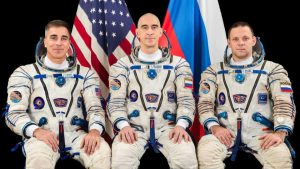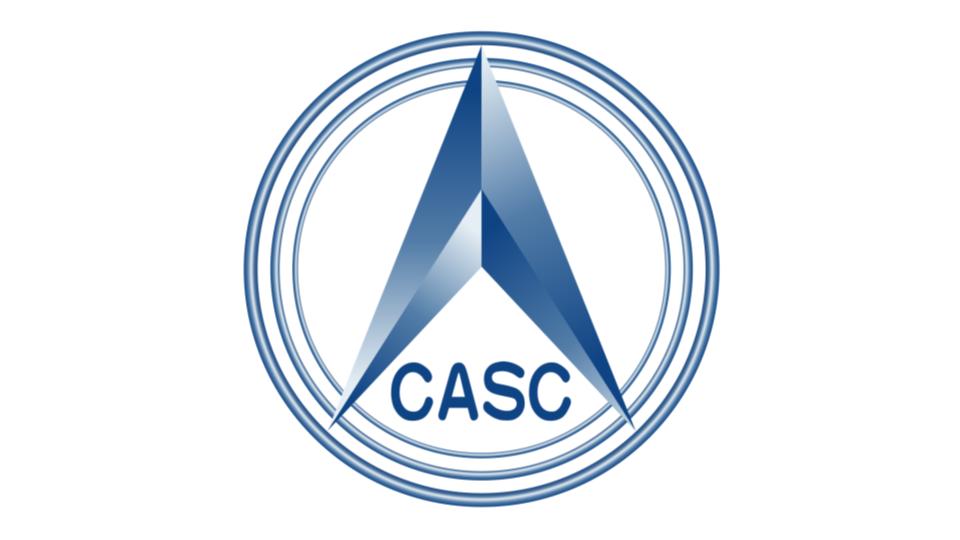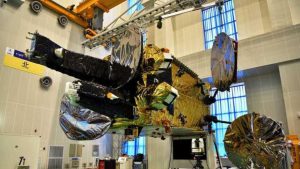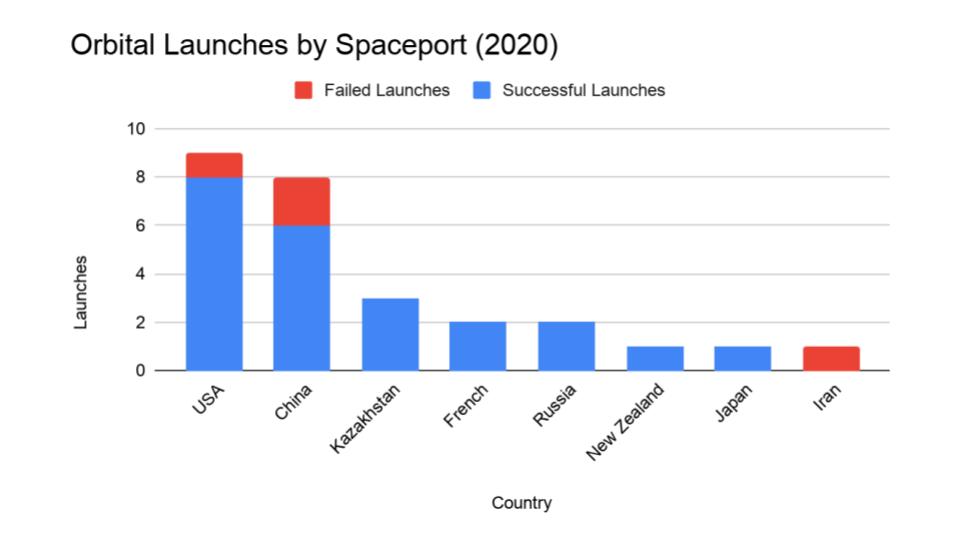
Roscosmos launches new crew to ISS, and China launches the Indonesian satellite Nusantara Dua, but it fails to achieve orbit.
Links
Roscosmos sends two cosmonauts and an astronaut to the ISS on expedition MS-16
- Soyuz MS-16 Mission (Rocket Launch Live)
- Live coverage: Soyuz crew launches from Kazakhstan, docks with space station (Spaceflight Now)
- Soyuz crew docks with the International Space Station (Spaceflight Now)
- Russia conducts first Soyuz 2.1a human launch; MS-16 crew arrives at Station (NASA Spaceflight)
- SOYUZ 2.1A | SOYUZ MS-16 (Everyday Astronaut)
- Crew Nears Departure Ahead of Busy Space Traffic (NASA Space Station)
Chinese Long March 3B rocket launches the Nusantara Dua satellite, but it fails to achieve orbit.
- Nusantrara Dua (Rocket Launch Live)
- Long March 3B: Palapa-N1 (Nusantara Dua) launch failure (Wikipedia)
- Satelit Nusantara Dua Gagal Mengorbit, Siaran TV dan Radio Terancam Bermasalah (Kumparan, Indonesian)
- Indonesia Scrambles for Satellite Replacement After Nusantara Dua Destroyed in Launch From China (Jakarta Globe)
- PALAPA-N1卫星发射失利 (Xinhua News Agency, Chinese)
- Background on the satellite: https://space.skyrocket.de/doc_sdat/palapa-n1.htm
- Official statement (Xinhua News Agency)
Transcript
Hello, and welcome to the Daily Space for today Wednesday, April 15, 2020. I am your host Annie Wilson and I AM BACK! Most Mondays through Fridays, our team will be here putting science in your brain.
Usually Wednesdays are for Rocket Roundup, and it’s been yet another week without launches.
Let’s get to it, shall we?

A Roscosmos Soyuz-2 rocket launched the Soyuz MS-16 mission on Thursday, April 9th, 2020 at 08:05 UTC.

Soyuz MS-16 transported three members of the Expedition 62 mission:
- Commander Anatoli Ivanishin, RSA (third spaceflight)
- Flight Engineer 1 Ivan Vagner, RSA (first spaceflight)
- Flight Engineer 2 Christopher Cassidy, NASA (third spaceflight)
Due to the coronavirus pandemic, the crew families and the media representatives couldn’t watch the launch in Baikonur, and the usual pre-launch traditions dating since Yuri Gagarin were cancelled.
MS-16 docked at the Poisk zenith port at 14:13:18 UTC on April 9th, about six hours and twelve minutes after launch.
This brings the population of the ISS up to 6, but only until this Friday, when commander Oleg Skripochka, and NASA astronauts Jessica Meir and physician-astronaut Drew Morgan, who have been on the ISS since September 25th, 2019, return to Earth on Soyuz MS-15 touching down around 05:17 UTC.

Next up, that same day, at 11:46 UTC, a Chinese Long March 3B rocket launched the Nusantara Dua satellite.

Unfortunately, the Indonesian satellite did not make it to orbit. Adi Rahman Adiwoso, the managing director of Pasifik Satelit Nusantara, stated that one of the engines on the third stage failed to start so there wasn’t enough thrust to get the satellite into its transfer orbit. Instead, Nusantara Dua crashed into the ocean.
The satellite was insured and will eventually be replaced.
Unfortunately, this was a replacement for another aging Indonesian communications satellite. The old satellite is scheduled to be decommissioned by the end of July 2020 — about three months from now. According to the Minister of Communications and Information Technology, Johnny G. Plate, the Indonesian government is working with local satellite operators to ensure consumers do not experience an interruption of radio and television broadcasts.


To wrap things up, here’s a running tally of a few spaceflight statistics for the current year:
- Toilets burned up: 1
- Total new satellites in orbit: 345 (includes those launched from other in-orbit craft, such as the ISS)
- Total satellites from launches: 331
I keep track of orbital launches by where they launched from. Here’s that breakdown:
Total 2020 successful launches: 23 (+ 4 failures so far)
Total attempts by country:
- USA: 9
- China: 8
- Kazakhstan: 3
- French Guiana: 2
- Russia: 2
- New Zealand: 1
- Japan: 1
- Iran: 1
Your useless space fact for the week comes to us from kerbal01: you can fit ten thousand honey bees in the Hubble Space Telescope. The Hubble optical tube assembly (OTA) is 6.4m long and 2.7m wide, and a honey bee is about 15mm long.
This has been a production of the Planetary Science Institute, a 501(c)(3) non profit dedicated to exploring our Solar System and beyond. We are here thanks to the generous contributions of people like you. Want to become a supporter of the show? Check us out at patreon.com/cosmoquestx


 We record most shows live, on Twitch. Follow us today to get alerts when we go live.
We record most shows live, on Twitch. Follow us today to get alerts when we go live.